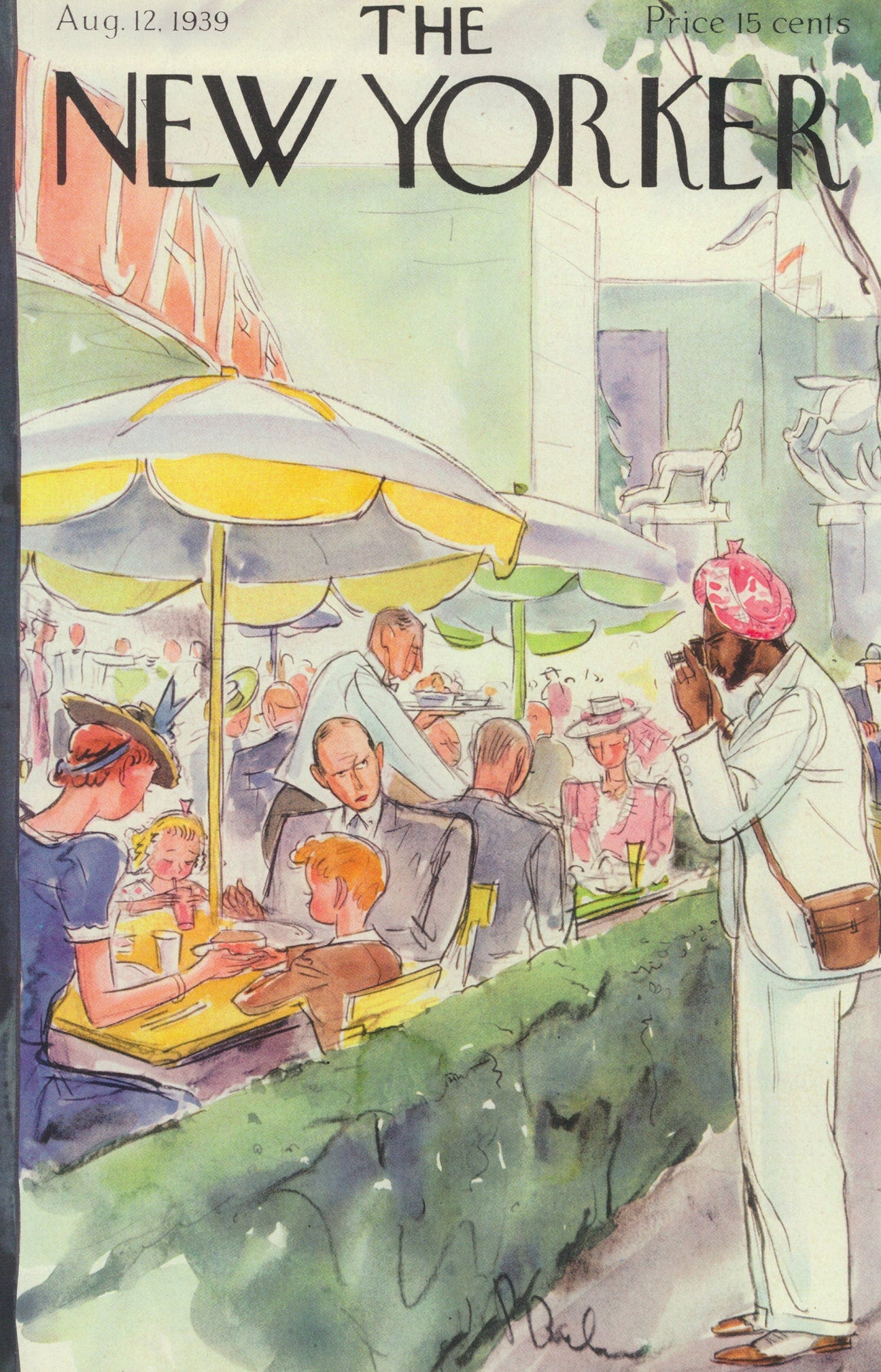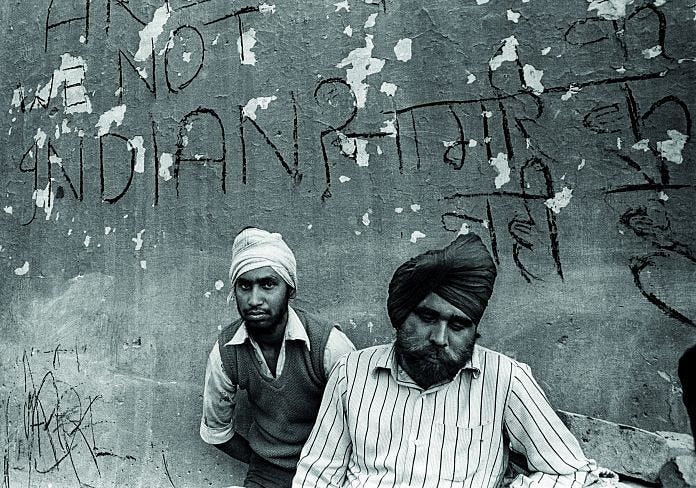Welcome to the Brown History Newsletter. If you’re enjoying this labor of love, please do consider becoming a paid subscriber. Your contribution would help pay the writers and illustrators and support this weekly publication. If you like to submit a writing piece, please send me a pitch by email at brownhistory1947@gmail.com.
Don’t forget to check out our SHOP and our Podcast.

Recommended Reads:
40 years on from the Sikh Genocide of 1984
What the forgotten Hondh-Chillar massacre reveals about India’s persistent denial of justice.
It's recently dawned on me just how little Sikh history I learned growing up despite being raised Sikh. My childhood in early 2000s Britain wasn’t exactly conducive to learning about my culture; we weren’t even taught about the British Raj in school. Meanwhile, the history I learned from my local gurdwara consisted of hagiographical accounts of the Sikh Guru’s lives, stories often rooted in faith rather than fact.
My parents parroted these tales instead of teaching my sisters and me about the wider events in Sikh cultural history. The Misl period, the Sikh Empire, the trauma of Partition - all of these events were unceremoniously glossed over as my parents instead tried to instill religious fervor in us. Perhaps they knew little about our past having grown up in secularized, post-partition India. But there was one date in Sikh history fresh in my parents’ memory; one date we were constantly reminded of –Chaurasi (‘84).
Most probably think of the George Orwell novel when they hear ‘1984’, but to Sikhs around the world, it represents one of the darkest moments for our people since the partition of British India. In 1984, the holiest site in Sikhism was attacked on the orders of Indian Prime Minister Indira Gandhi. Her subsequent assassination by her Sikh bodyguards prompted the widespread slaughter of innocent Sikhs across Northern India.
These events permanently scarred the Sikh psyche, a reminder of the precarious nature of being a minority in India. They served to strengthen calls for a separate Sikh state, the reverberations of which continue today. But in the years after this awful massacre, very few perpetrators have been convicted. The victims have not received justice for their suffering or lost loved ones, while India has shrugged off the atrocities as spontaneous and unfortunate ‘riots’.
Was this chilling event in Sikh and Indian history really a moment of uncoordinated communal violence, or did the state have a part to play? And are we any closer to getting justice for the victims, so that more people than just Sikhs know about the chilling events of 1984?







